Galapagos Islands welcome vermilion flycatcher chicks
Good news stories from the past seven days
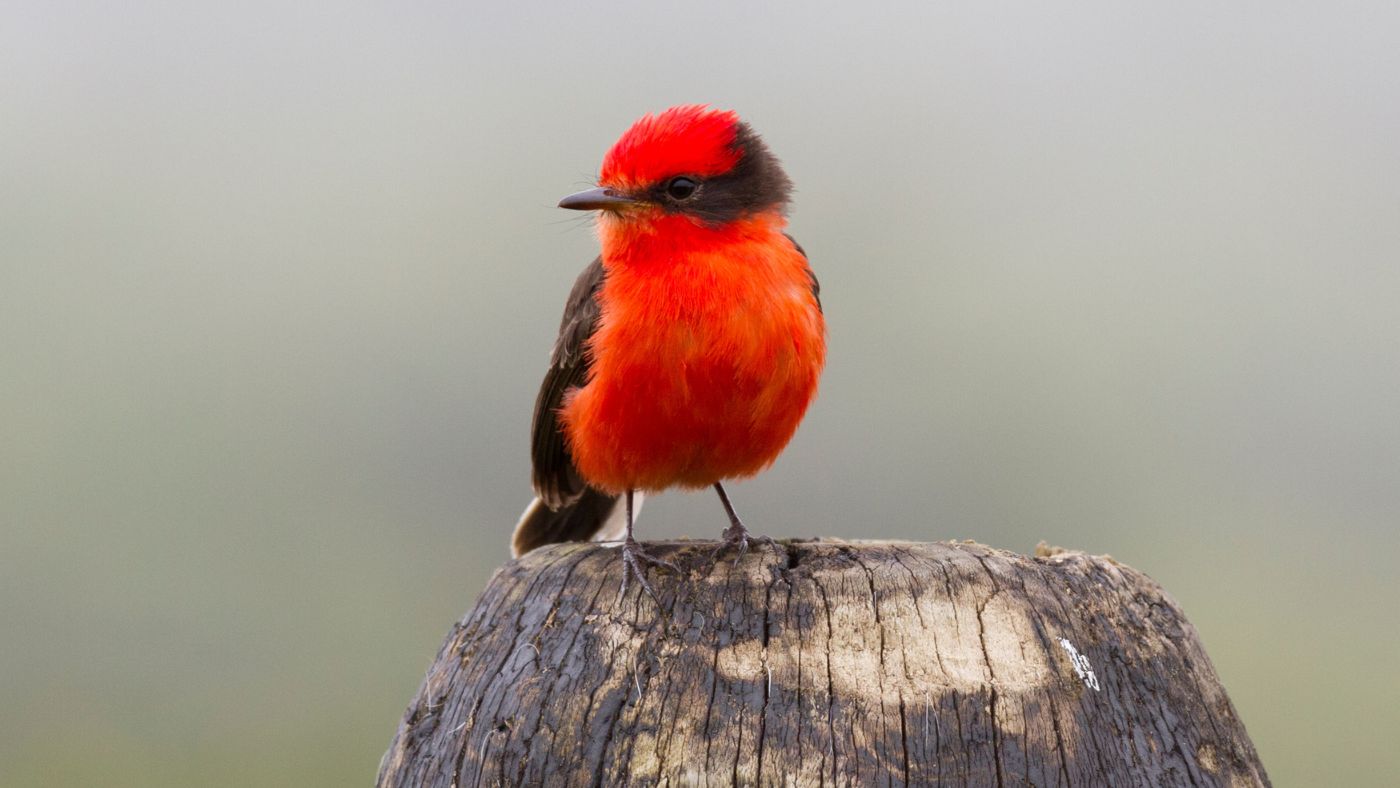
An effort to save the tiny bright birds known as Darwin’s flycatchers seems to be bearing fruit. When Charles Darwin visited the Galápagos Islands nearly 200 years ago, he noted that they were teeming with little vermillion flycatchers. By the 2010s, however, the birds’ numbers had fallen so low there were fears that they could become extinct. Since then, conservationists have worked to trap the rodents that were preying on the birds, and cut back thickets to help them reach food – and the approach seems to have worked: the birds have had their best breeding season yet, with 12 chicks recorded on one island.
Syrian 10-year-old is Cornwall’s chess champion
A 10-year-old from Syria has become Cornwall’s youngest-ever chess champion. Rami Taleb, who in his home country held the title of Arab champion under six, fought off adult competitors to win the Cornwall County Chess Association’s open contest last month. He told the BBC he had started playing at the age of four, and that he had not been expecting to win, but got “lucky this time”. His father said he was “very proud” of Rami. “For him chess means the whole world,” he added.
Artificial rock pools create habitats for marine life
Concrete sink-like structures that were attached to harbour walls and other infrastructure on the south coast in 2020 have become home to a variety of sea creatures, raising hopes that these artificial rock pools could be used to create habitats for marine life in other urban coastal locations. The 114 pools were installed at three sites in total. In and around the 45 pools on a sea wall near Poole, researchers counted 65 species, including crabs, barnacles and sea squirts, whereas there were only 40 species on the harbour wall.
The Week
Escape your echo chamber. Get the facts behind the news, plus analysis from multiple perspectives.

Sign up for The Week's Free Newsletters
From our morning news briefing to a weekly Good News Newsletter, get the best of The Week delivered directly to your inbox.
From our morning news briefing to a weekly Good News Newsletter, get the best of The Week delivered directly to your inbox.
A free daily email with the biggest news stories of the day – and the best features from TheWeek.com
-
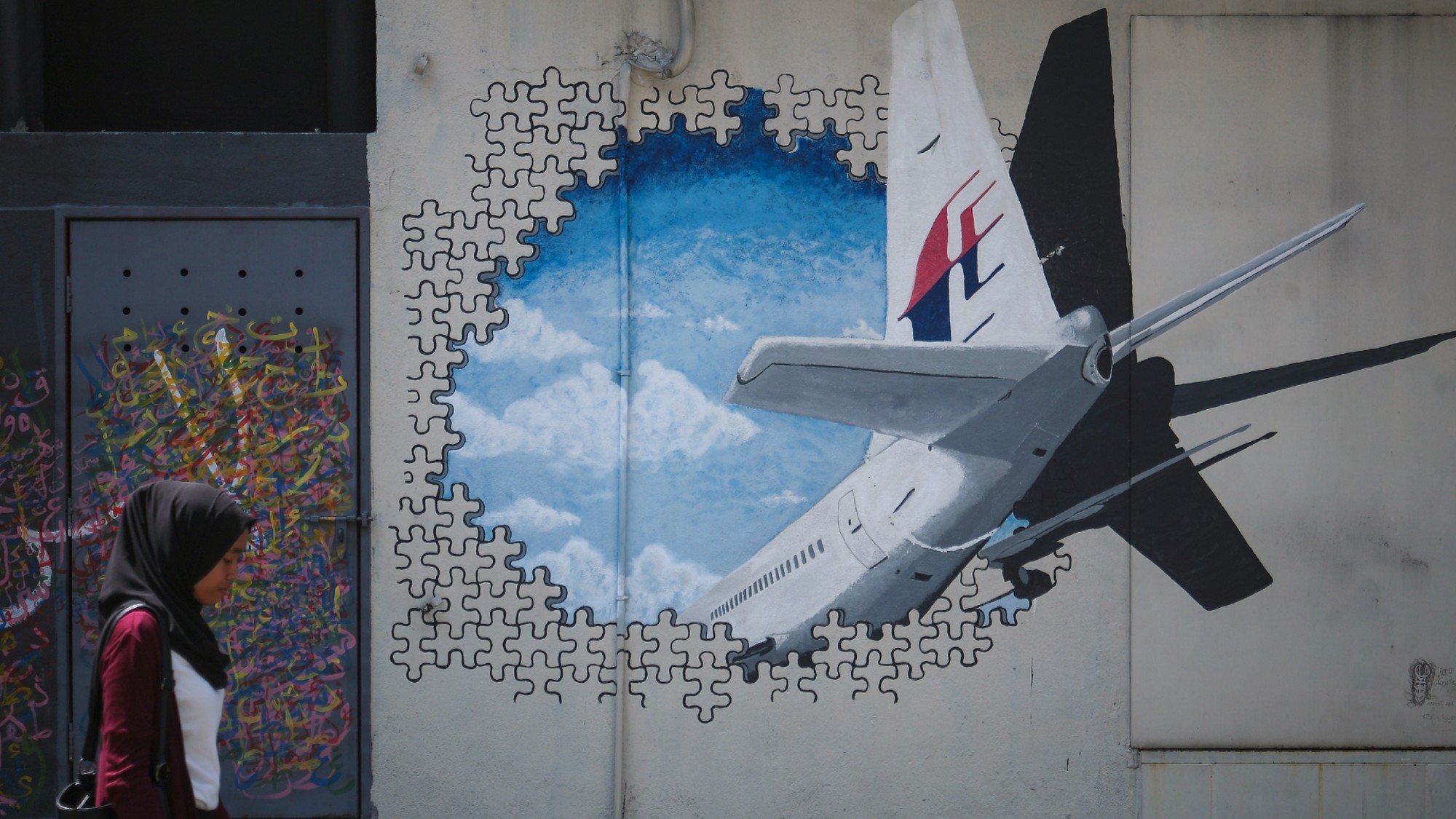 Will the mystery of MH370 be solved?
Will the mystery of MH370 be solved?Today’s Big Question New search with underwater drones could finally locate wreckage of doomed airliner
-
 The biggest astronomy stories of 2025
The biggest astronomy stories of 2025In the spotlight From moons, to comets, to pop stars in orbit
-
 Why are micro-resolutions more likely to stick?
Why are micro-resolutions more likely to stick?In the Spotlight These smaller, achievable goals could be the key to building lasting habits
-
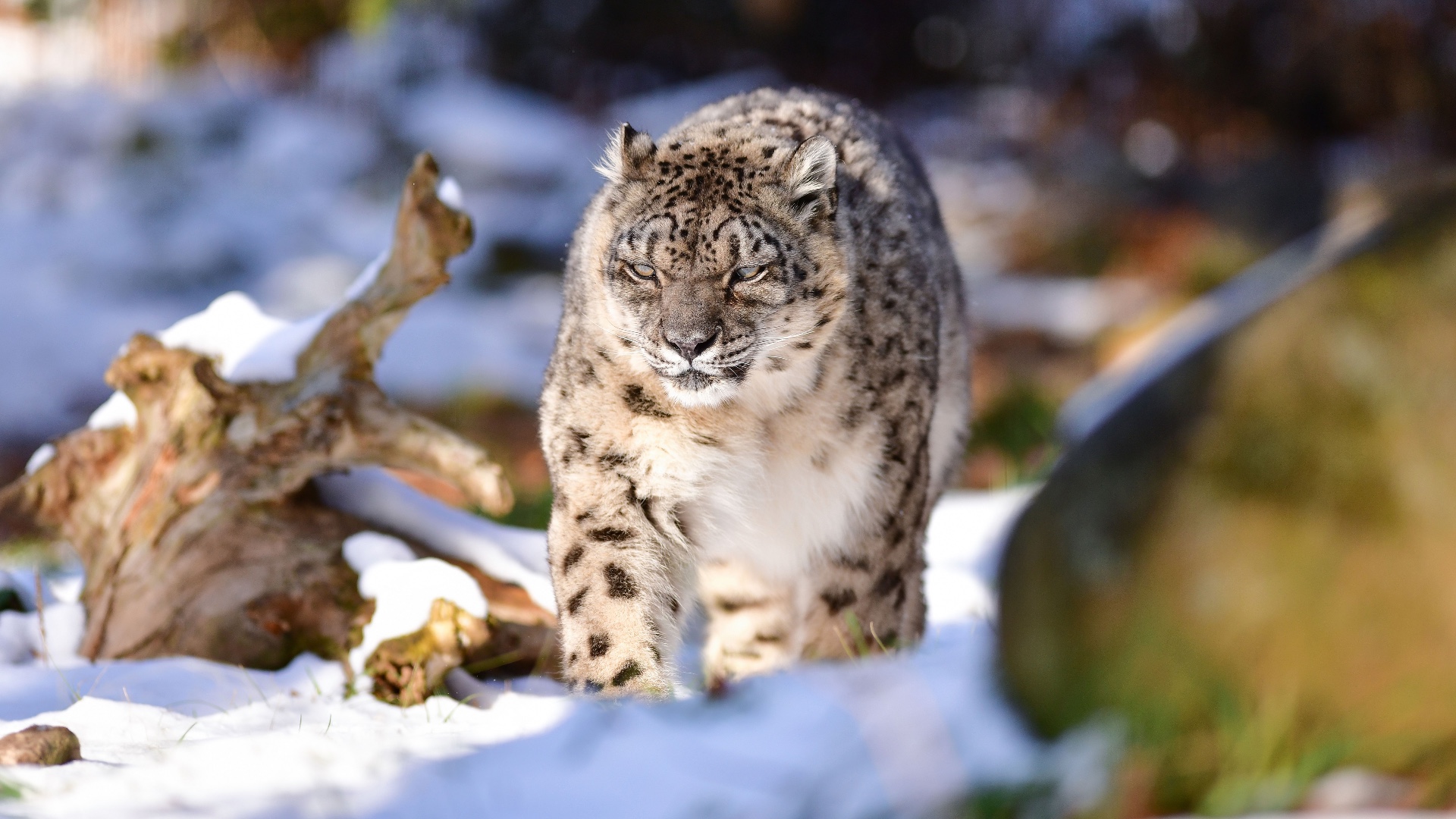 The week's good news: Sept. 21, 2023
The week's good news: Sept. 21, 2023It wasn't all bad!
-
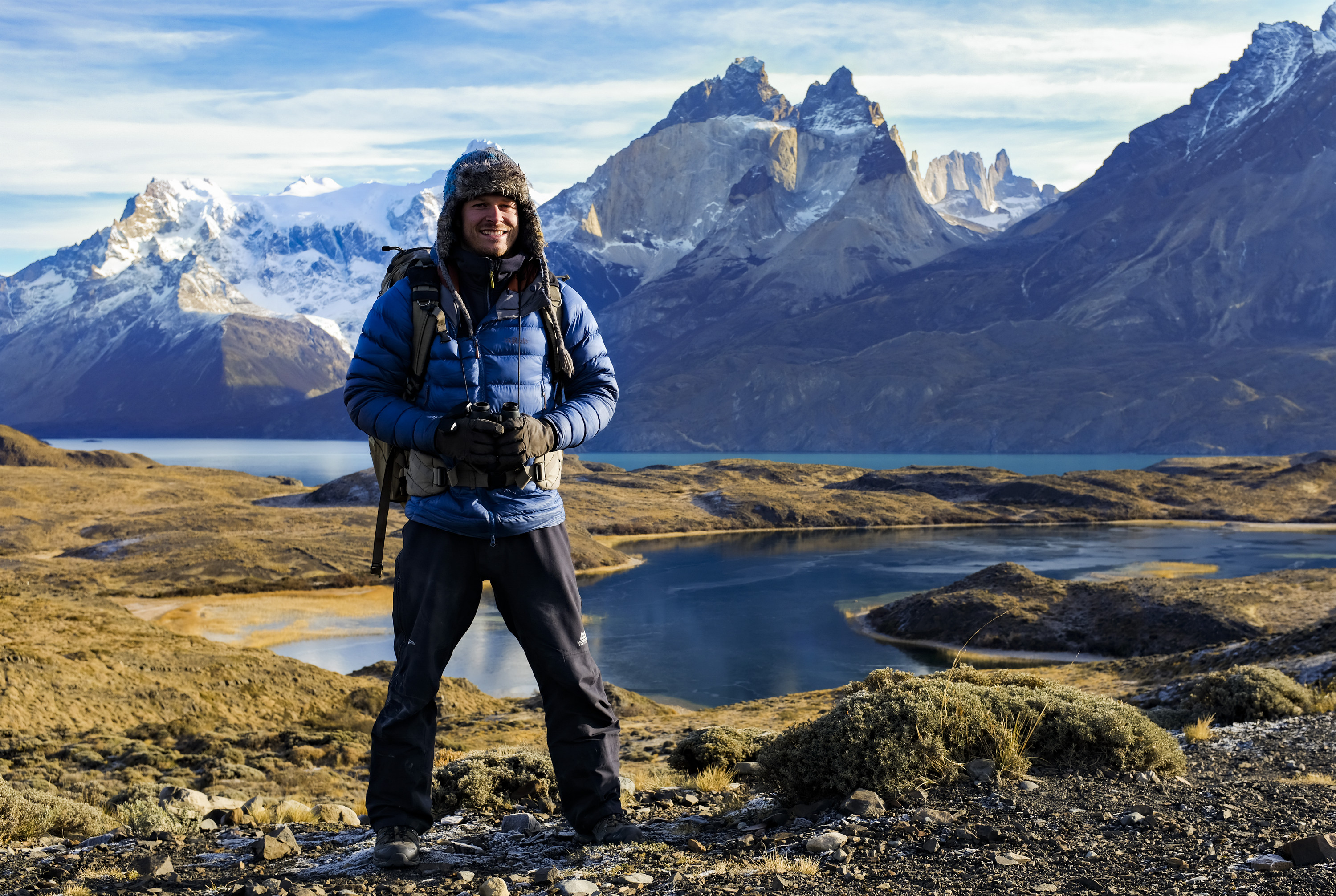 The week's good news: Sept. 14, 2023
The week's good news: Sept. 14, 2023It wasn't all bad!
-
 The week's good news: Sept. 7, 2023
The week's good news: Sept. 7, 2023feature It wasn't all bad!
-
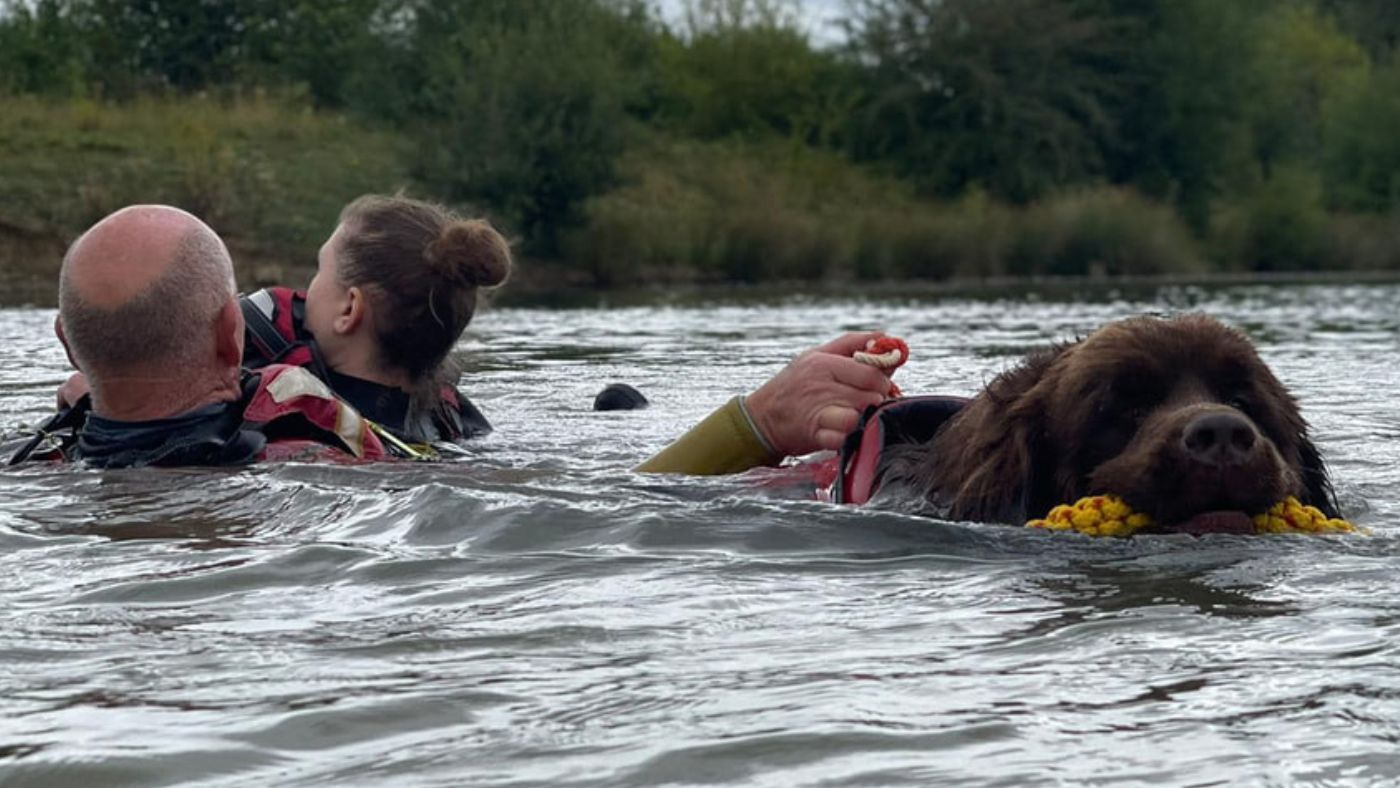 Lives transformed by swimming with Newfoundland dogs
Lives transformed by swimming with Newfoundland dogsfeature Good news stories from the past seven days
-
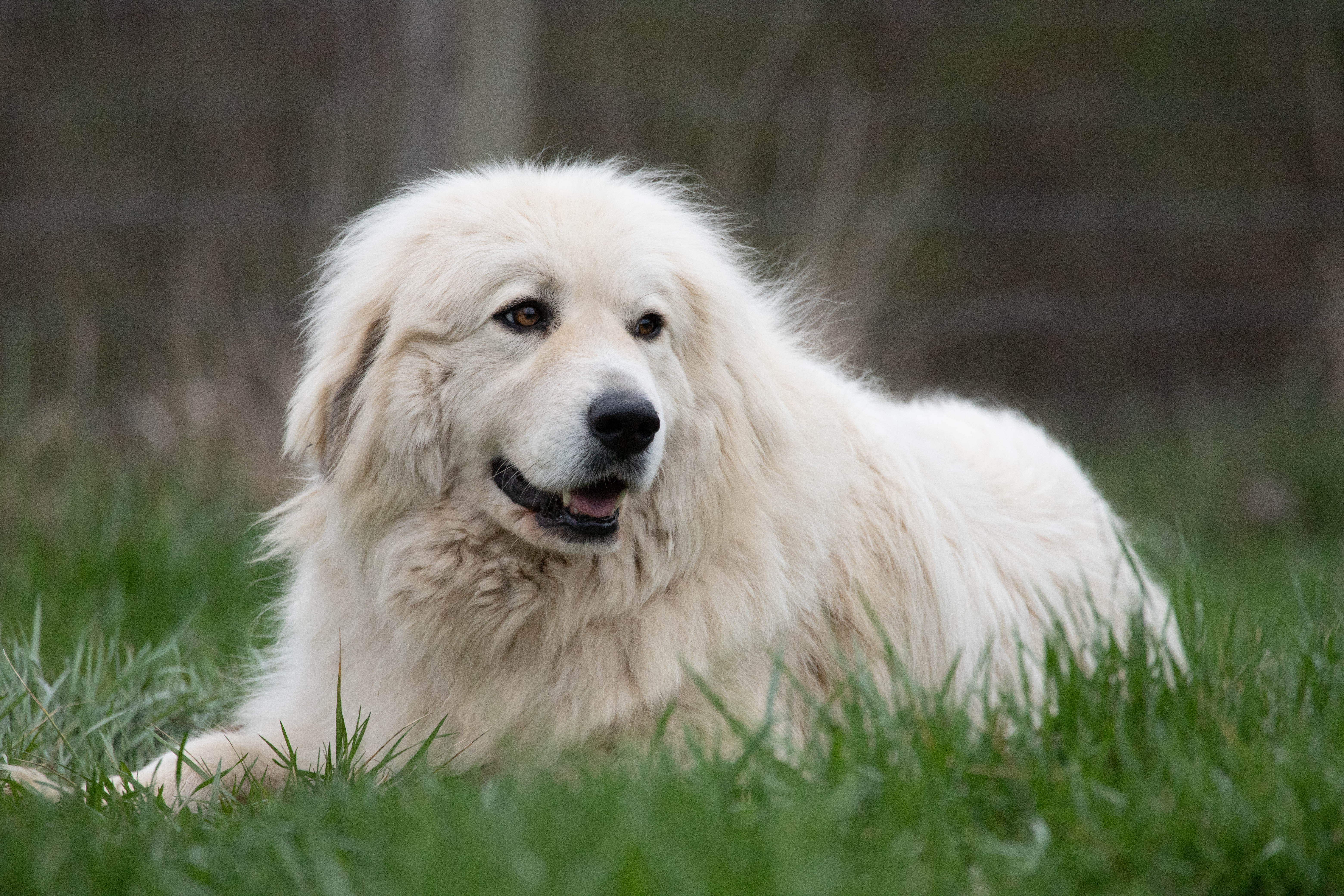 The week's good news: August 31, 2023
The week's good news: August 31, 2023feature It wasn't all bad!
-
 The week's good news: August 17, 2023
The week's good news: August 17, 2023feature It wasn't all bad!
-
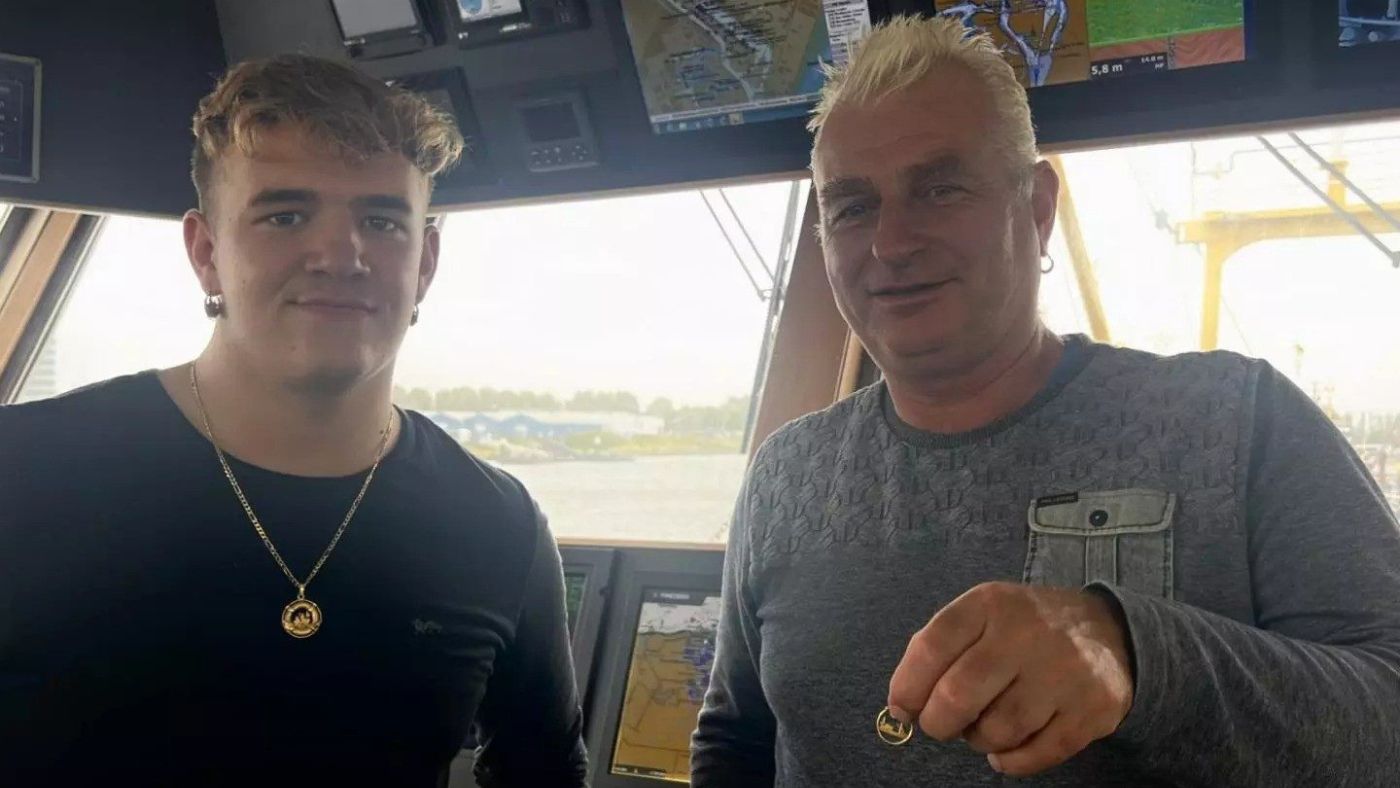 Earring lost at sea returned to fisherman after 23 years
Earring lost at sea returned to fisherman after 23 yearsfeature Good news stories from the past seven days
-
 Bully XL dogs: should they be banned?
Bully XL dogs: should they be banned?Talking Point Goverment under pressure to prohibit breed blamed for series of fatal attacks